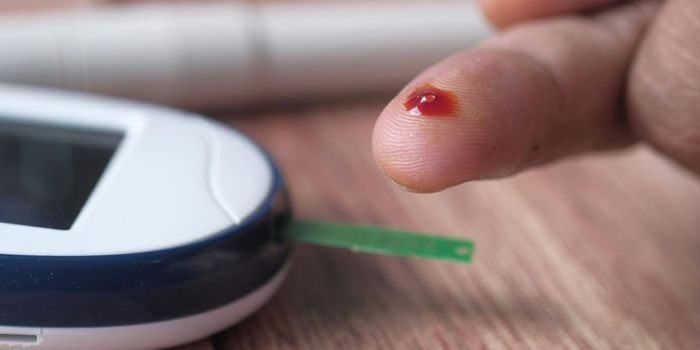Illuminating Blips in Blood Flow to the Brain
Just like an athlete needs to consume a huge number of calories to support their rigorous training regimes, neurons in the brain need significant amounts of oxygen and glucose to function properly. To fulfill this demand, around three cups of blood flow to the brain every minute, supplying neural tissue with the nutrients it needs and carting away toxins. This blood supply is termed the cerebral blood flow or CBF.
Neuroscientists have connected the dots between alterations or disruptions in CBF and the onset of neurological disorders, including seizures, Alzheimer’s disease, migraines, and stroke. These links suggest that measuring and tracking the CBF may represent a viable diagnostic tool. For this purpose, physicians have been relying on a non-invasive diagnostic technique known as speckle imaging.
Here, a series of short-exposure shots are taken of the patient’s head to gain insights into physiological changes occurring beneath the skull. However, speckle imaging data doesn’t paint a complete picture—the direction and speed of CBF are missing, making it impossible for neurologists to pick up and monitor changes in blood flow to the brain.
Work by a team of Korean researchers is paving the way for next-gen CBF imaging technology. The scientists unveiled “optical speckle image velocimetry” or OSIV in a study published in the journal Optica. This new technology allows for the quantitative analysis of CBF, providing unprecedented data on the speed and direction of blood flow to the brain in real-time.
According to the study, OSIV is powered by particle image velocimetry to measure blood flow speeds of up to 7 mm/s. To validate OSIV’s full potential, the researchers used an animal model of stroke. With this innovative new technique, they could access precise, quantitative blood flow measurements before and after stroke without the need for a tracer or high-speed camera.
Lead researcher Euiheon Chung is optimistic that such technology will soon find its way to clinical diagnostic facilities. “Our study can be used to understand the vascular mechanisms and test new drugs for treating vascular-related diseases such as stroke, AD, and diabetes,” said Chung.



![[Guide] 7 Strategies to Boost Laboratory Collaboration](https://d3bkbkx82g74b8.cloudfront.net/eyJidWNrZXQiOiJsYWJyb290cy1pbWFnZXMiLCJrZXkiOiJjb250ZW50X2FydGljbGVfcHJvZmlsZV9pbWFnZV83YzBjZWIwM2Y5YzI4MmFlYzBhZDZhMTcyNTQ1ZGU3YmE4Y2MzMDYyXzUxNDkuanBnIiwiZWRpdHMiOnsidG9Gb3JtYXQiOiJqcGciLCJyZXNpemUiOnsid2lkdGgiOjcwMCwiaGVpZ2h0IjozNTAsImZpdCI6ImNvdmVyIiwicG9zaXRpb24iOiJjZW50ZXIiLCJiYWNrZ3JvdW5kIjoiI2ZmZiJ9LCJmbGF0dGVuIjp7ImJhY2tncm91bmQiOiIjZmZmIn19fQ==)





